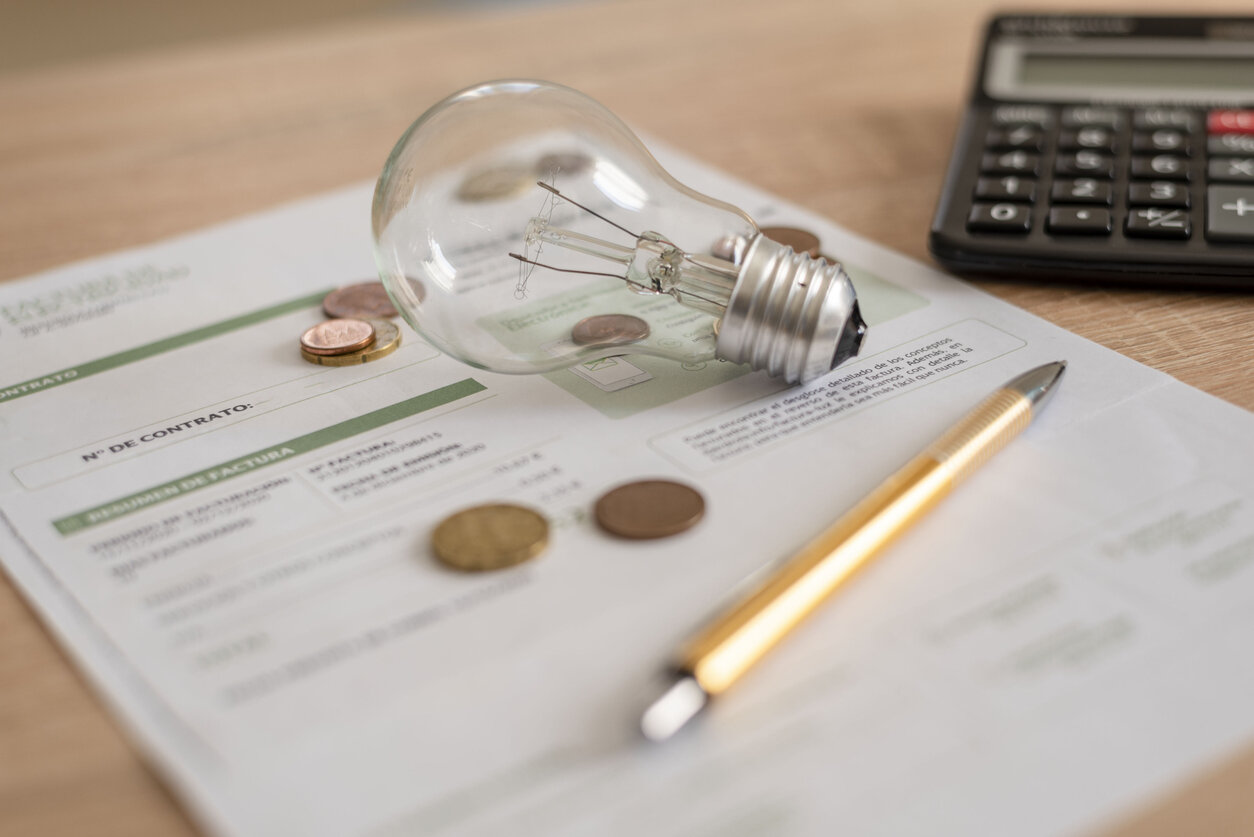Faced with rising electricity prices, this month’s bill can be steep! To reduce the latter, no magic, you have to reduce your consumption. To do this, there are certain solutions to put in place.
To reduce your electricity consumption, you must start by looking at the appliances that consume the most in your home: refrigerator, oven, dishwasher, dryer, etc.
For example, you can move your refrigerator and freezer away from your cooking appliances (oven, hobs, airfryer), but also from the walls to provide better ventilation.
You can regularly clean your appliances by changing the seals when necessary, which will reduce your energy consumption. When using your dishwasher, you can opt for “eco” mode. This feature allows you to use less hot water than for a classic program.
Even if baths are very relaxing, it is better to favor the shower. This way, you will save water but also electricity. As with your dishwasher, you can also use the “eco” mode of your washing machine.
By activating this function, you will use cooler water, which will allow you to make significant savings. Also remember to properly adjust your hot water tank because it is a particularly energy-intensive device.
In general, do not leave your devices in sleep mode. It is better to turn them off completely. Also unplug chargers plugged into a power outlet and lower the temperature of your heaters.
There are also peak hour – off-peak hour (HP-HC) subscriptions to reduce your consumption.
Among other ways to reduce your bill, there is also the “peak hours-off-peak hours” (HP-HC) subscription, the hours of which vary depending on your energy supplier. For individuals affiliated with Enedis, off-peak and peak hours are set depending on their place of residence.
“All peak/off-peak hours, however, remain governed by common and precise rules: peak hours systematically last 16 hours and off-peak hours systematically last 8 hours; the periods from 8 a.m. to 12 p.m. and from 5 p.m. to 8 p.m. are necessarily peak hours, because demand is always the strongest there; off-peak hours can be spread between 12 p.m. and 5 p.m., and between 8 p.m. and 8 a.m.,” specifies ENGIE.
At EDF, same principle. “Off-peak Hours are distributed at times when electricity demand is lower: between 12 p.m. and 5 p.m. and/or between 8 p.m. and 8 a.m.,” we can read on their site.
“Almost half of the 20 million EDF subscribers holding a regulated rate contract (Blue Tariff) have chosen the HP-HC option”, specifies 60 million consumers.
At Total Energie, the times indicated differ slightly. “There are 8 off-peak hours per day. They are generally between 10 p.m. and 6 a.m. for 60% of consumers but there is often a daytime slot between 12 p.m. and 5 p.m.,” explains Total Energie.
Based on information from 60 million consumers, the off-peak hours indicated in your contract may change.
“So be careful of unpleasant surprises, if you move, for example, because off-peak hours will potentially be different in your new home,” specifies the organization. “Also pay attention to the timetable changes that Enedis may make,” underlines 60 million consumers, who are based on the testimony of a subscriber living near Puy-en-Velay (Haute-Loire).
“The off-peak hours of our contract have been changed […] There is only a single time slot left, from 11:26 p.m. to 7:26 a.m. The 12 p.m. to 2 p.m. time slot has been removed, making our hours subscription almost useless hollow”, deplores this subscriber to 60 million consumers. He also assures that he was not informed of this change.
However, the supplier must absolutely notify customers when there is a change of schedule, recalls Caroline Keller, head of the information service of the National Energy Mediator, in the columns of 60 Millions de consommateurs.
Finally, this subscription is not suitable for all devices. For example, if you use a washing machine or a washing machine, you will not be able to use them during off-peak hours, at the risk of disturbing your neighbors with the noise.
Conversely, using the HP-HC option can be useful for your water heater. “It allows automatic activation when switching to off-peak hours. But if you cannot achieve more than a third of your consumption during off-peak hours, it is better to keep the Base option,” concludes 60 million consumers.


















